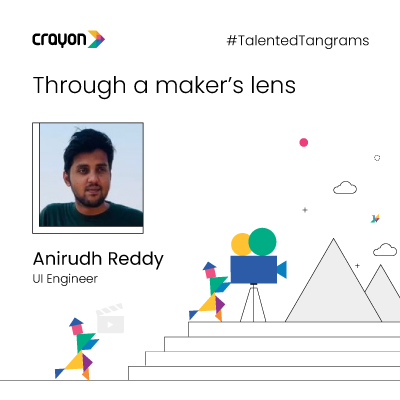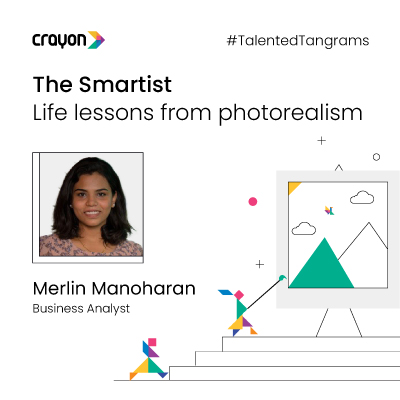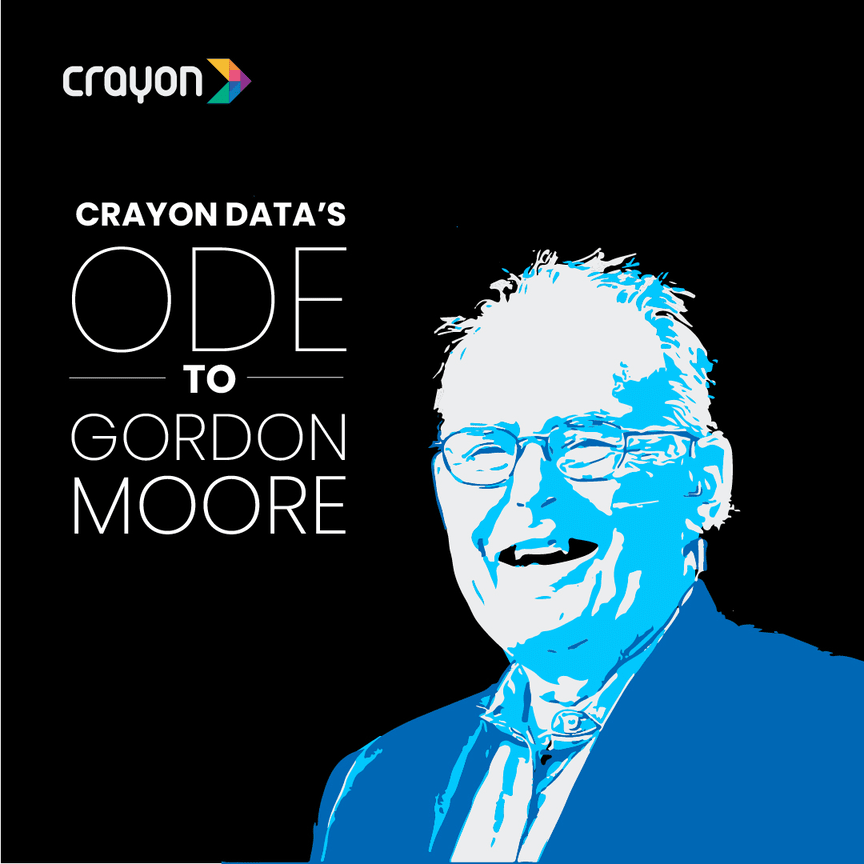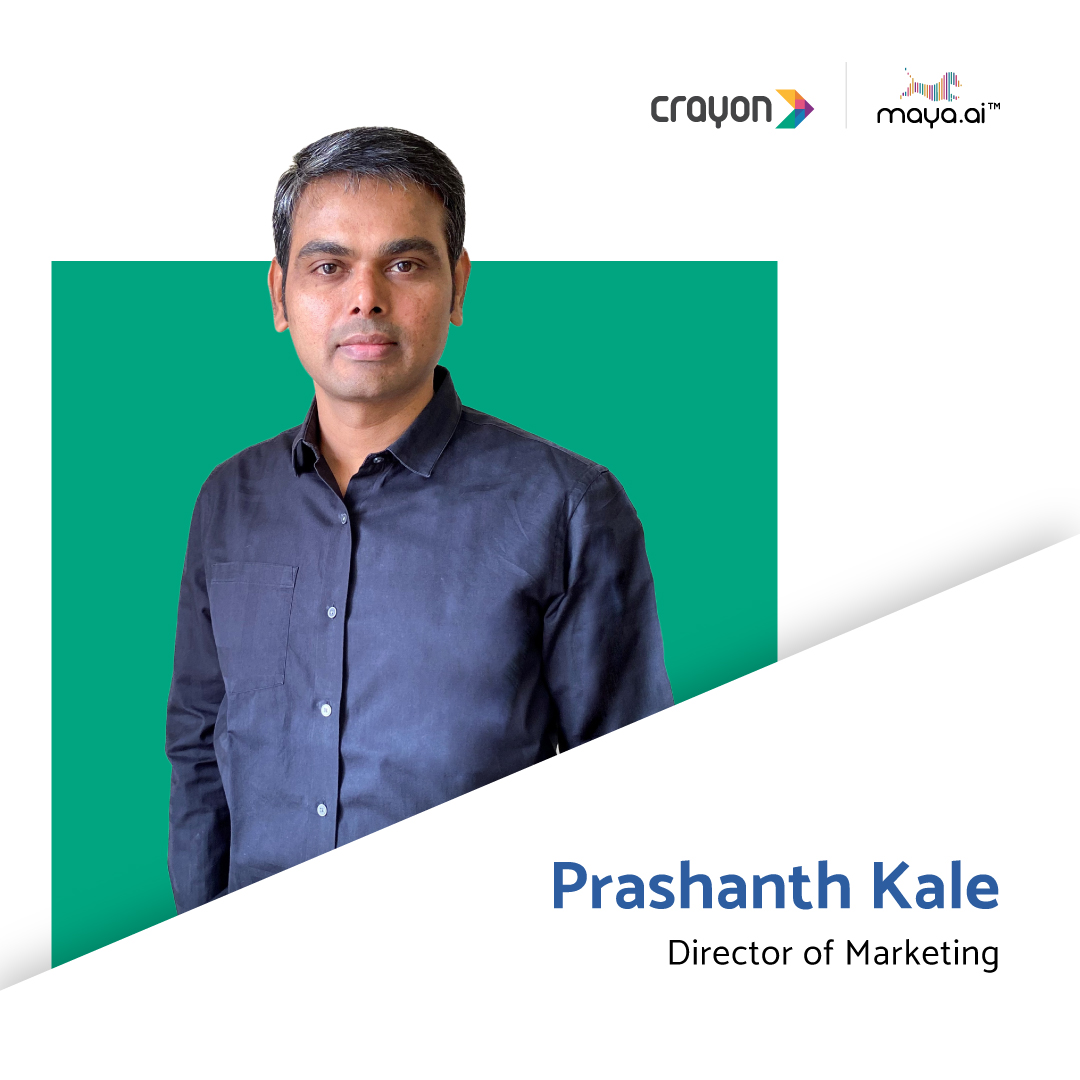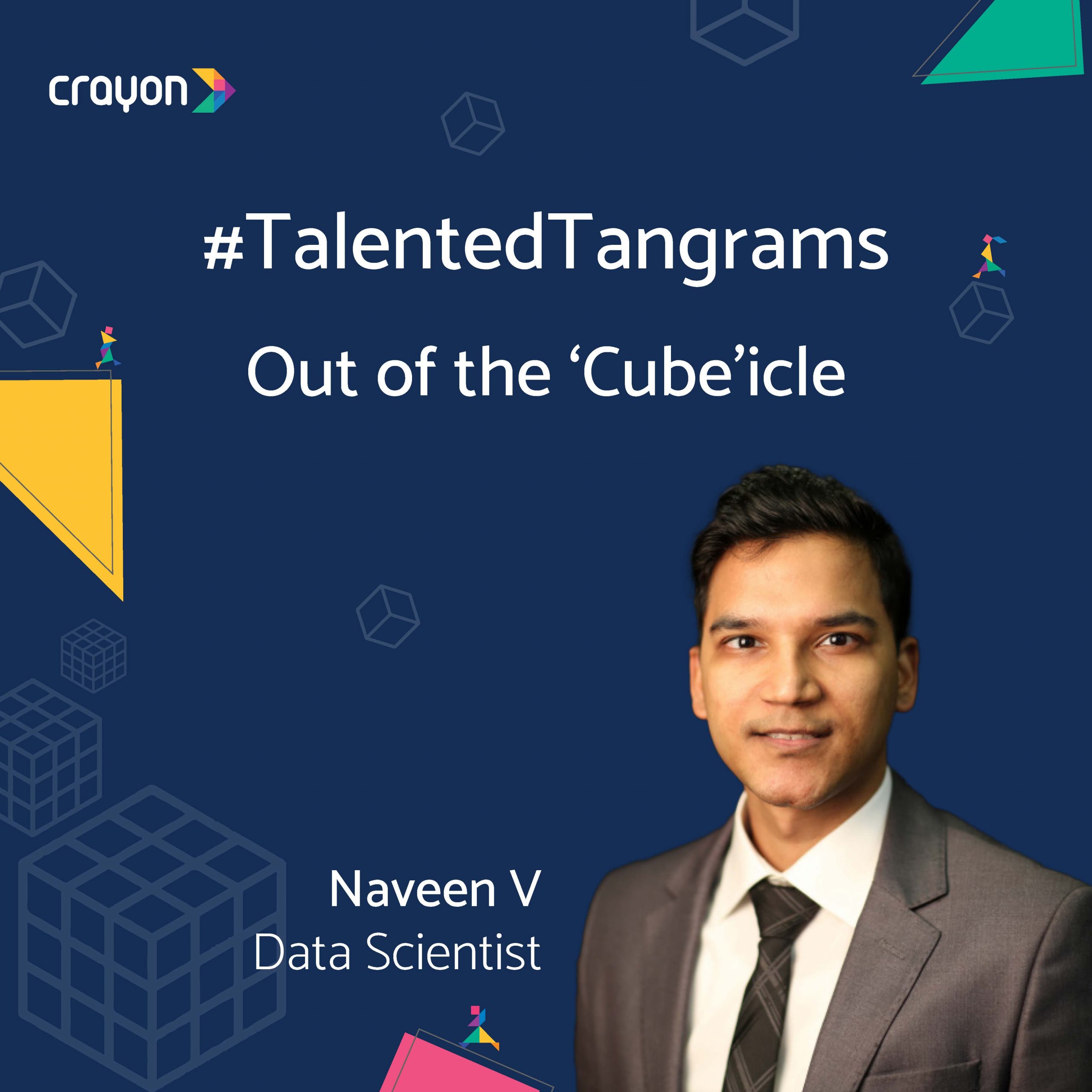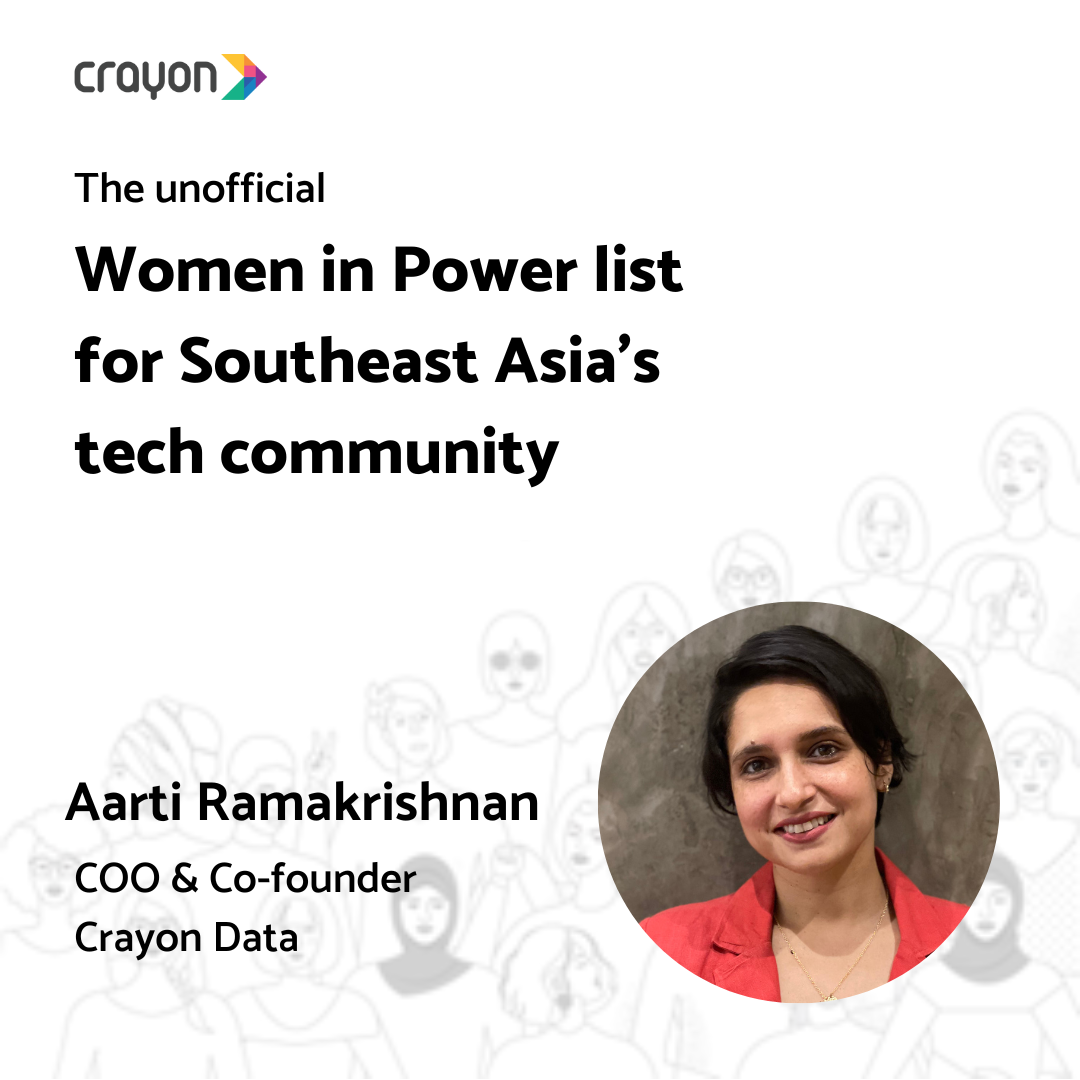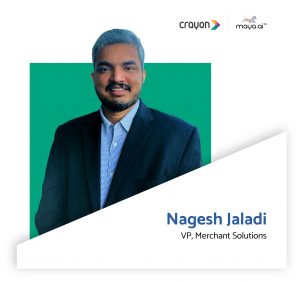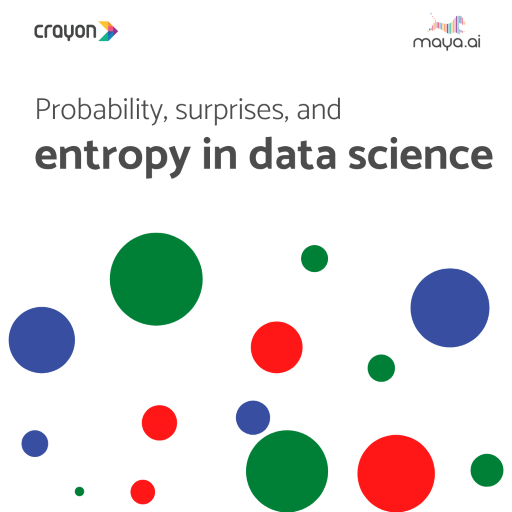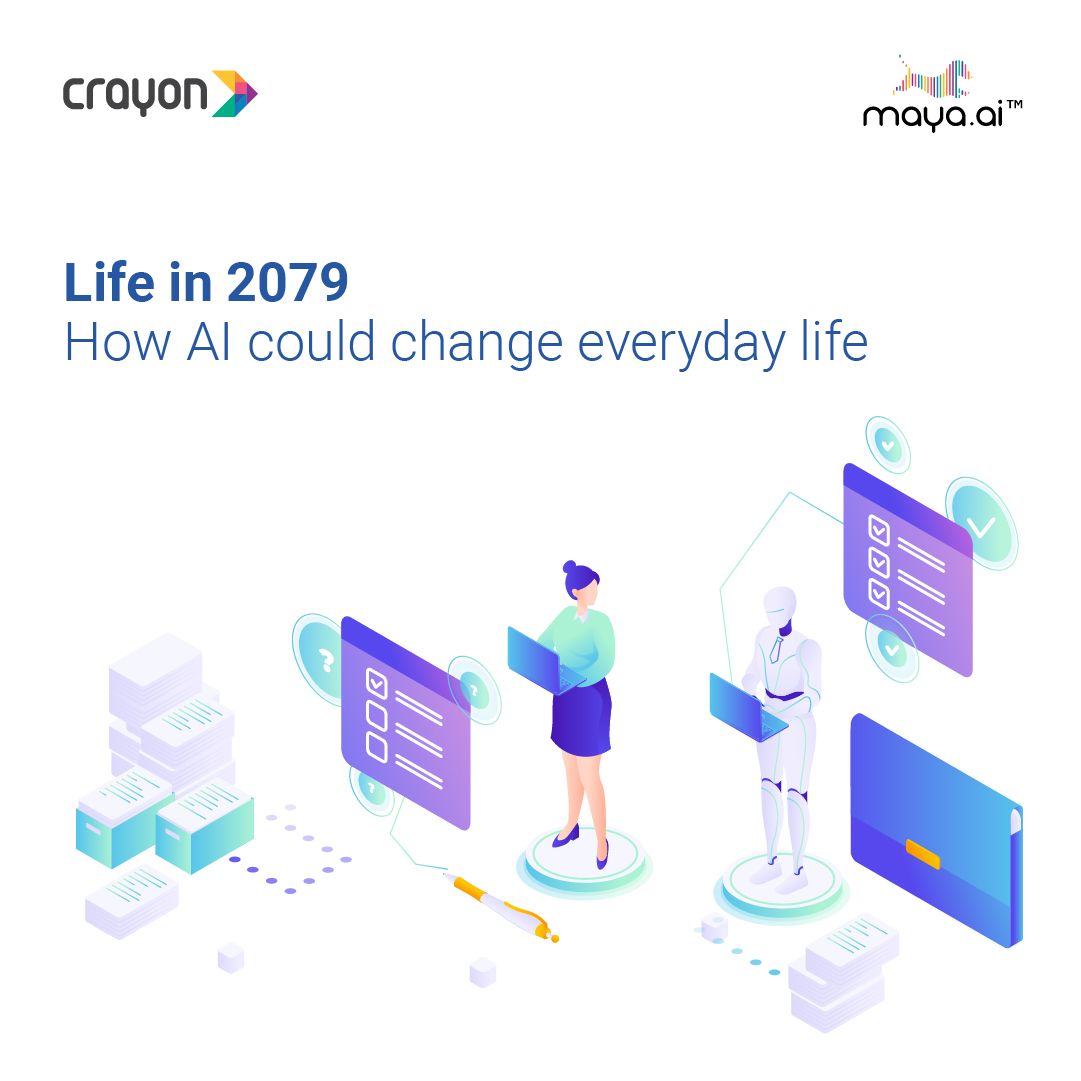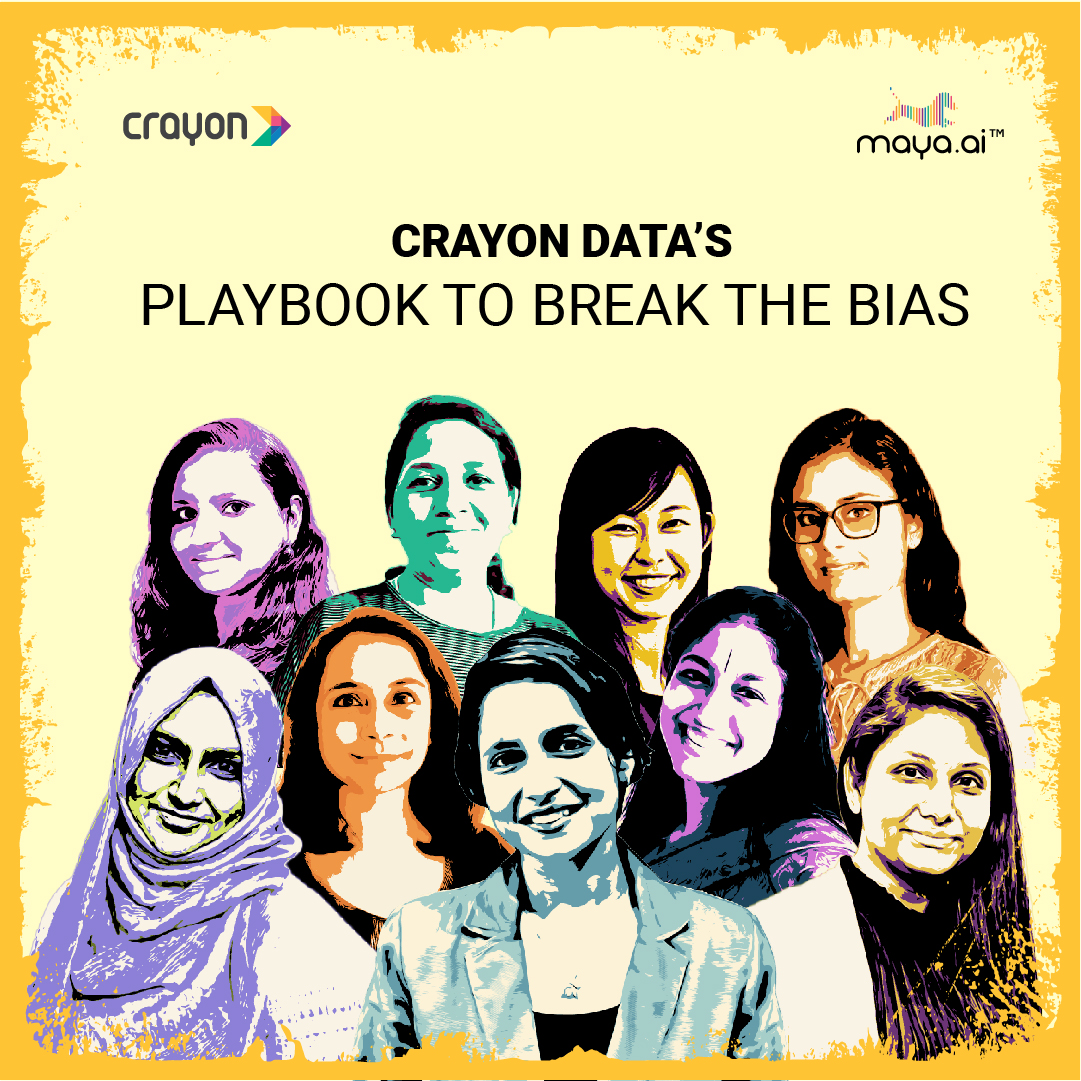
Before we talk about anything else: who exactly is a solutions architect?
Quoting H.L. Mencken, “For every complex problem, there’s a solution that is simple, neat, and wrong.” Giving a simple solution to a complex problem has never been a reality. A problem can have more than one solution. But a Solutions Architect is expected to pick the right one based on technical nuances, within a stipulated time!
So, how did I become a solutions architect?
Let me be completely honest. I didn’t get into tech by choice.
I know I’m not alone. Raise your hand if you are an IT/Engineering graduate who is doing something completely unrelated to your actual interests!
But now that I’m here, I can look at it from a different perspective. [Tech] problems are among the easiest to solve. There are many problems around us that are crying out for a solution, but they cannot be fixed. So, I wanted to be a solutions architect in a space where I could actually come up with an antidote, so to say.
Another thing I love about working in tech: your mind doesn’t get old. You tend to work with different sets of people at a single point of time. It could be a partner, a client, or a colleague. And this can lead to very fascinating experiences! Each day, there’s something new to learn. And at Crayon, I also get the opportunity to implement these learnings.
Two of the most important lessons I’ve learnt in my tech career so far are:
1. Identifying a process that would help me realize my technical standpoint.
It’s very important for tech people to do this often. Especially because we evolve as we grow in our career.
2. Identifying my journey and where I had to take a different step.
My first job was with an MNC that serviced clients. Once I know how that worked, I wanted to explore working for the end user. That was done and dusted.
The next gig was for a reseller who had a bundle of products. I had to come up with solutions to sell it from a technical aspect.
After that, I moved to a product-based company, got a feel how it was to own a product & deliver service on top of it.
Be aware of when it’s time for you to move on to the next stage of your career.
My recent move to Crayon has been an eye-opener.
I’ve always believed in the saying, “If you’re the smartest person in the room, you’re in the wrong room.” So, it’s nice that at Crayon, I am always surrounded by smart people from whom I can learn various things.
I found it easy to slip into the flat hierarchy at Crayon, where #TheMissionIsTheBoss. It fits into my style of working. My leadership has never been about reiterating to my team that I am their superior. I prefer to be down in the trenches, working out the problems with them.
#PracticeConstructiveCandor is another value I like. I first try to identify the intention behind any critical feedback. I don’t take it personally. After all, it does give you a different viewpoint. If it’s a valid concern, I work on fixing it immediately. I also try not to take positive feedback too personally!
I plan my daily tasks so that I’m not a blocker in anyone’s work. My routine involves ensuring that each project is being handled right. This could be anything from brainstorming to helping prioritize to figuring out solutions. It’s important to have the lines of communication open through the day so my team can approach me. I guess you could call me a problem solver!
Software I love to work with
Any data model or algorithm in general is just a step-by-step process of achieving or solving a problem. Or finding an answer to a question. One of my favorites is the ShortStraw algo. Especially because it can also be applied to non-technical issues. It helps take the shortest route to what you want to achieve.
As for software tools, I love a good MS Excel spreadsheet. Simple things have a lot of meaning and hold a bigger picture. We are paid to visualize it. And a spreadsheet is the easiest way to do that.
And for the simplest one of all: you can’t start or end a development day without ALT + TAB between the VS Code & Terminal!
To the aspiring solutions architects…
If you’re a fresher, don’t be afraid to join any company. Spend four to five years using the opportunity to learn and visualize a problem from every aspect. You might be a resolver or a problem finder. You can find out if you fit in a service-based industry or if a product-centric company, is more your thing. When you make mistakes, as we all do, learn from them. Take those experiences forward.
Once you figure out where you stand, decide how rigid or flexible you are going to be. My suggestion: be rigid about your milestone, but flexible about the journey you take to reach it. And along the way, I keep my mother’s advice at hand for uncertain situations: “If you aren’t sure what to do next, keep your hands open and take whichever opportunity pops-up.”
Want to jump in the Crayon Box? Check out our open roles here.
